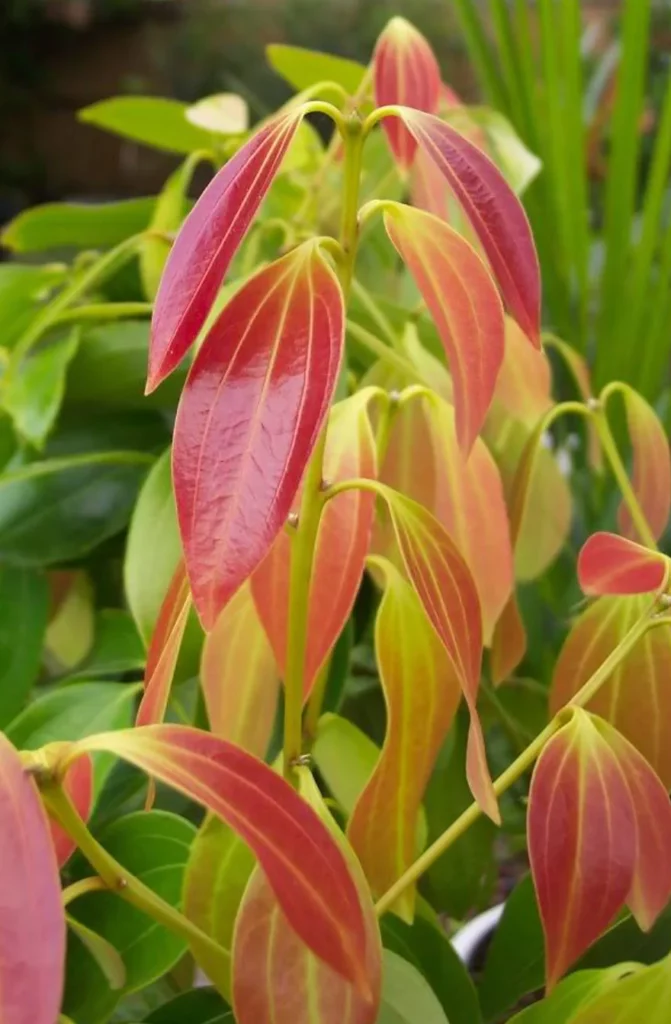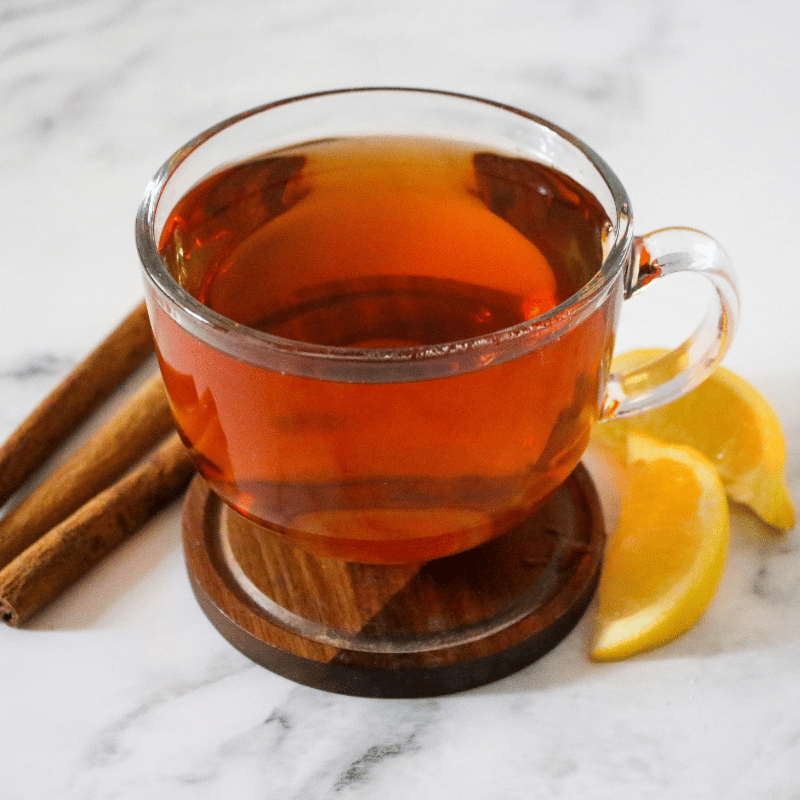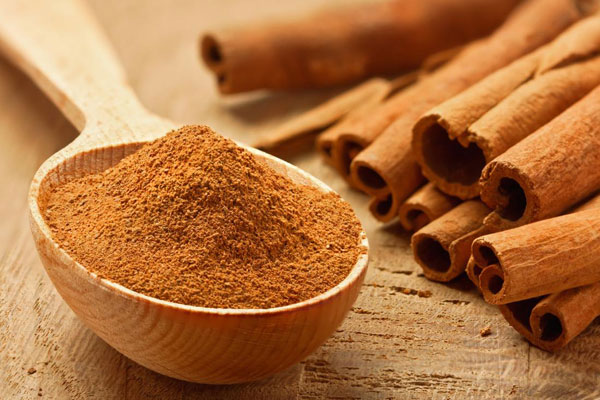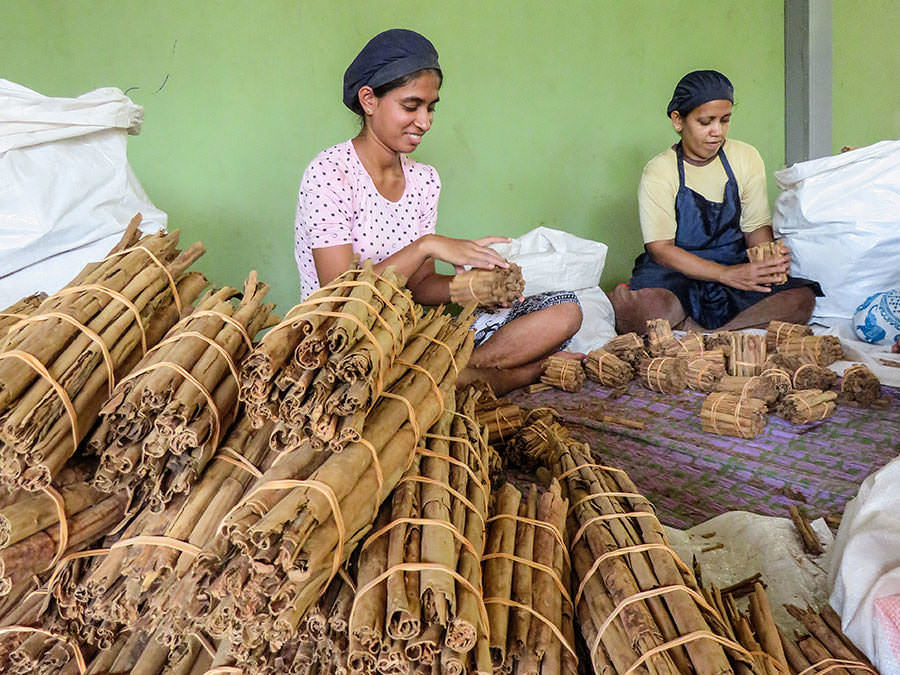Delving into the World’s Best Pure Ceylon Cinnamon

Cinnamon, scientifically known as Cinnamomum zeylanicum, originates from Sri Lanka and is primarily exported as cinnamon quills. Its volatile oils with cinnamaldehyde, eugenol and camphor as main constituents, vary in composition and are studied using advanced techniques like gas-liquid chromatography. These studies inform quality assessment methods and inspire biosynthetic hypotheses. While cinnamon oil production methods date back to Dutch settlers. Although recent technological advancements have improved production in Sri Lanka. Cinnamon bark and leaf oils are crucial in producing chemicals for the food and cosmetic industries, highlighting its versatility beyond culinary use.[1].
For over 15 years, the debate over the superiority of Ceylon Cinnamon versus its counterpart, Cassia Cinnamon has captured the attention of spice enthusiasts worldwide. The revelation that Ceylon Cinnamon reigns supreme came with a cautionary tale of Cassia’s high coumarin levels, a potential carcinogen. However, amidst claims from various countries vying for the esteemed “Ceylon Cinnamon” brand, groundbreaking research has emerged, shedding light on the true origin and quality of this aromatic spice.
Research and Analysis
Led by Prof. Pradeepa C.G. Bandaranayake and her esteemed team from the Agricultural Biotechnology Centre, Faculty of Agriculture, University of Peradeniya, alongside experts from the Department of Computer Engineering, a comprehensive genetic study has unraveled the essence of genuine “Ceylon Cinnamon.” Through meticulous analysis, they have confirmed that this prized spice is indeed unique to Sri Lanka. Moreover, their findings have dispelled any doubts regarding the presence of coumarin, showcasing that the major varieties of Ceylon Cinnamon cultivated in Sri Lanka contain negligible traces of this potentially harmful compound.
National Development
Armed with this newfound clarity, Sri Lanka stands at a pivotal juncture, poised to leverage the unparalleled brand recognition of Ceylon Cinnamon. As the sole legitimate supplier of this coveted spice, the nation is primed to tap into the burgeoning global cinnamon market, projected to reach staggering figures by 2030. By prioritizing strategies that ensure equitable benefits for local farmers, this endeavor holds immense promise for fostering national development and economic growth.
Harvesting & Cultivation Cinnamon Roots

The journey of Ceylon Cinnamon begins with meticulous harvesting and cultivation practices. Renowned for its delicate flavor and unique texture. It is cultivated with care in the lush landscapes of Sri Lanka. From the rolling hills of Matale to the fertile valleys of Kandy. These plants thrives in the island nation’s tropical climate, producing the finest quality products. You can visit to the locations to see the process while you travel to the spice gardens.
Cinnamon Tea

One of the most popular ways to enjoy Ceylon Cinnamon is through the brewing of cinnamon tea. Known for its soothing properties and distinct taste. It has been cherished for centuries for its comforting warmth and subtle sweetness. Sip on a cup of cinnamon tea and experience the essence of Sri Lanka’s rich culinary heritage. It is recommended to have a teste when visit to the spice garden. Also it is perfect for the evening with some snacks.
Food Ingredient

Beyond its use in tea, it is a versatile ingredient in both sweet and savory dishes. From decadent desserts to aromatic curries. It adds depth and complexity to culinary creations. Whether sprinkled atop oatmeal for breakfast or incorporated into a savory tagine for dinner. These possibilities with it is endless.
Health Benefits
In addition to its culinary appeal, it boasts a myriad of health benefits. Rich in antioxidants and anti-inflammatory properties. It has been prized for its medicinal properties for centuries. From promoting heart health to aiding in digestion. It is a natural remedy for a variety of ailments[2].
Ceylon Cinnamon vs Cassia Comparison
It’s essential to distinguish between pure Ceylon cinnamon and its counterpart, cassia cinnamon. While cassia cinnamon may dominate the global market, its high concentration of coumarin, a potential carcinogen, raises concerns about its safety for consumption. In contrast, Ceylon cinnamon, with its lower and neglectable coumarin content, offers a safer and more wholesome alternative.
Buying
When purchasing the product, it’s crucial to source it from reputable suppliers to ensure its authenticity and quality. Look for certifications and labels that guarantee the cinnamon’s origin and purity. By supporting local farmers and businesses, you contribute to the sustainable growth of Sri Lanka’s cinnamon industry while indulging in the finest cinnamon the world has to offer.
In conclusion, the allure of Ceylon Cinnamon extends far beyond its exquisite flavor and aroma. As a symbol of Sri Lanka’s rich cultural heritage and natural bounty, Ceylon Cinnamon invites you on a journey of discovery and delight. Embrace the essence of Ceylon Cinnamon and elevate your culinary experience to new heights.
References
- Wijesekera RO. Historical overview of the cinnamon industry. CRC Crit Rev Food Sci Nutr. 1978;10:1–30. [PubMed] [Google Scholar]
- Joerg Gruenwald,Janine Freder &Nicole Armbruester. Cinnamon and Health. Published online: 04 Oct 2010. [Tandfonline]








Comments are closed